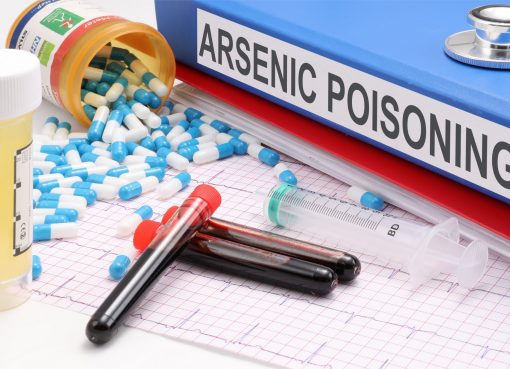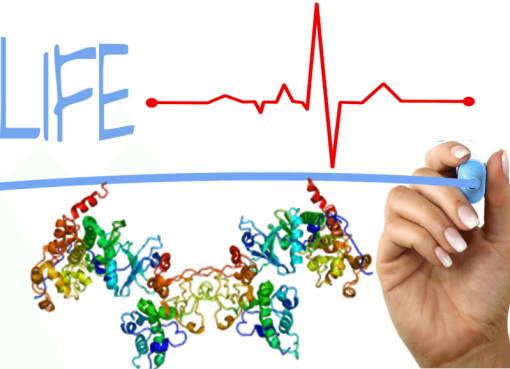Chandra Prakash Dixit*1 and Sikhamoni Haloi2
1Department of Animal Reproduction, Gynaecology and Obstetrics, College of Veterinary Science, Assam Agricultural University, Khanapara, Guwahati, Assam, India
2Department of Animal Nutrition, College of Veterinary Science, Assam Agricultural University, Khanapara, Guwahati 781022, India
*Corresponding author, email: winvinay.1990@gmail.com
INTRODUCTION
In 1966, a metastasis inhibitor known as Kisspeptin was discovered. In recent years, kisspeptin has been identified as an important regulator in the onset of puberty, seasonal reproduction, implantation and pregnancy. The main population of kisspeptin neurons is found in arcuate nucleus and medial preoptic area (mPOA) of the hypothalamus in cattle, sheep and goats. It is widely accepted that kisspeptin is one of the key proteins that binds to receptor KISS1R or GPR54 which is expressed on GnRH secreting neurons. Kisspeptin has been reported to be a potent secretagogue of GnRH and plays important role in the regulation of reproduction in animals. The parent kisspeptin is a peptide comprised of 145- amino acid; during its proteolytic breakdown in vivo from the carboxyl-terminus causes production of shorter peptides like kisspeptin of 54 amino acid (Kp-54), of 14 amino acids (Kp-14), kisspeptin of 13 amino acids (Kp-13) and (Kp-10) kisspeptin of 10 amino acid.
USES OF KISSPEPTIN
Kisspeptin helps in the early onset of puberty. The kisspeptin activates KISS-KISS1R system in the hypothalamus that results in the onset of pubertal process. Kiss1, the gene encoding kisspeptin, is expressed in specific areas of the hypothalamus (preoptic area and arcuate nucleus) that are critical for gonadal steroid hormones (estradiol and progesterone) that control of reproduction. Kisspeptin is a potent stimulator of LH release in mammals, including cattle and this effect is believed to occur by direct actions on GnRH neurons. In the recent years, Kisspeptin (KP) has been acknowledged as the master player in animal reproduction. It was found that the kisspeptin-based protocol induced better growth of follicles than Ovsynch protocol. Ovulation rate was significantly higher in the animals treated with kisspeptin. There is evidence that kisspeptin expression increases across puberty in sheep. Kisspeptin stimulates LH secretion by stimulating GnRH release at the GnRH neurons in the mPOA and arcuate nucleus or by directly stimulating anterior pituitary to release LH secretion. This influences the preovulatory LH surge, which affects the rate of ovulation in ruminant. The plasma level of kisspeptin may predict the fertility level in pregnant animals. Kisspeptin regulates the various aspects of reproduction and may act as a biomarker to predict fertility disorder associated with gestation and parturition in animals. Studies also revealed that kisspeptin’s effect to regulate the release of FSH and LH is greater in intravenous injection than the intramuscular injection in male calves. The reason cited for this variation might be due to inactivation of the peptide during intramuscular injection. Therefore, the best and efficient route for injection of kisspeptin is considered as peripheral administration. Kisspeptin can be used as a tool in assisted reproduction technology. Studies suggested that kisspeptin can be used in synchronization of oestrus and it helps in improving the success rate of artificial insemination and in vitro fertilization in the farm animals.
CONCLUSION
It appears that kisspeptin plays an integral role in regulation of reproduction. Kisspeptin along with two other neuropeptides (Neurokinin B and Dynorphin) alter the GnRH secretion. In particular, this area of reproduction research is novel and exciting. Exploration is needed in the field of oestrus synchronization in cyclic and non-cyclic animals with the use of kisspeptin protocol. How the kisspeptin effect the lactational yield of cattle is also the area that needs to be investigated. Furthermore, investigation is needed on the treatment of fertility disorder with the use of kisspeptin.




